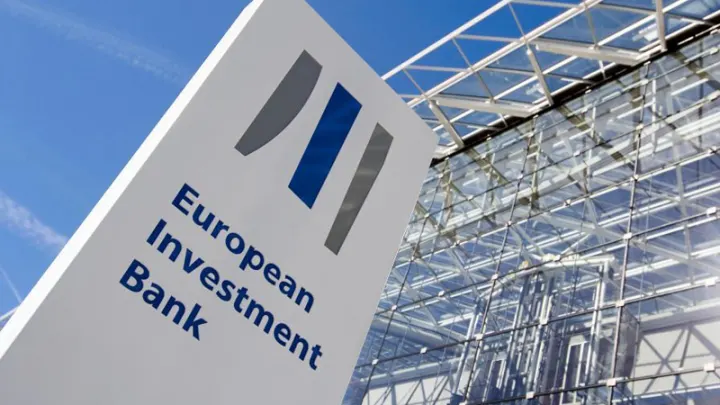EDFI Guarantee Strengthens Tanzania Credit Deepening
EDFI’s $8.25m guarantee for DEG’s $25m CRDB (DSE: CRDB) loan signals renewed investor confidence and reduced risk premiums amid Tanzania’s 3.2% inflation and strong credit growth; yield gaps with Kenya’s KE10Y may narrow.

Tanzania’s financial landscape is entering a new era of disciplined liquidity intermediation following EDFI Management’s $8.25 million guarantee backing DEG’s $25 million loan to CRDB Bank (DSE: CRDB). Though modest in nominal terms, the facility functions as a powerful signal of institutional trust in Tanzania’s banking governance and regulatory transparency. The structure reinforces the government’s drive to mobilize blended finance for SME expansion without heightening sovereign exposure, a crucial balancing act given Tanzania’s public-debt-to-GDP ratio of 41.6% and overall GDP of $79.4 billion in 2025.
Mechanically, the EDFI guarantee de-risks DEG’s balance sheet exposure by providing partial first-loss coverage, incentivizing CRDB to extend loans deeper into the MSME segment. Tanzania’s MSMEs account for roughly 27% of GDP and 5 million jobs, yet remain chronically underfinanced. Average lending rates to small borrowers remain near 17%, while nonperforming loans (NPLs) for the SME category hover around 7.8%. By absorbing a fraction of potential losses, EDFI’s participation enhances the risk-adjusted return profile, enabling CRDB to lower effective borrowing costs and broaden access. In multiplier terms, similar schemes in Ghana and Kenya have leveraged between 4x and 6x the guaranteed value, implying potential SME disbursements exceeding $150 million across the Tanzanian market over the next 18 months.
This intervention also aligns with Tanzania’s macro trajectory of restoring confidence in its financial sector. Inflation slowed to 3.2% in Q2 2025, core stability improved under Bank of Tanzania’s moderate tightening bias, and private-sector credit growth reached 21% year-on-year — the fastest pace since 2015. The EDFI-DEG framework reinforces this momentum, offering an off-budget channel for foreign capital inflows that support productive lending rather than speculative flows. CRDB’s liquidity ratio stands at 35%, comfortably above regulatory minima, while its loan-to-deposit ratio of 74% underscores untapped capacity for credit expansion.
The broader signal is institutional: Tanzania’s evolving reputation as a credible frontier market where guarantees and concessional instruments can catalyze scalable private credit. The transaction also benefits from regional arbitrage. Kenyan sovereign eurobond yields (NSE: KE10Y) hover around 10.9%, while Tanzanian domestic bonds (BoT 10Y) trade near 13%, implying an 80–100 basis-point compression potential if sustained inflows reduce perceived frontier risk. This narrowing would lower long-term funding costs and facilitate secondary-market liquidity deepening.
For CRDB, the deal dovetails with its diversification push into MSME lending, agrifinance, and renewable energy. With total assets at TZS 12.4 trillion and net profit growth at 18% year-on-year, the bank is strategically positioned to expand beyond corporate lending. Should SME portfolios rise from 14% to 20% of total lending by end-2026, incremental GDP impact could reach 0.5 percentage points, assuming a 0.25 elasticity between private credit and output.
Looking forward, monitoring indicators include quarterly SME loan growth, effective interest-rate spreads, and foreign currency inflow stability. Sustained growth above 20% in MSME credit volumes by late 2026 would confirm institutional deepening rather than episodic liquidity. The EDFI-backed transaction thus represents more than a financial guarantee — it is a structural validation of Tanzania’s banking maturity and its quiet shift toward de-risked, growth-aligned capital mobilization.




